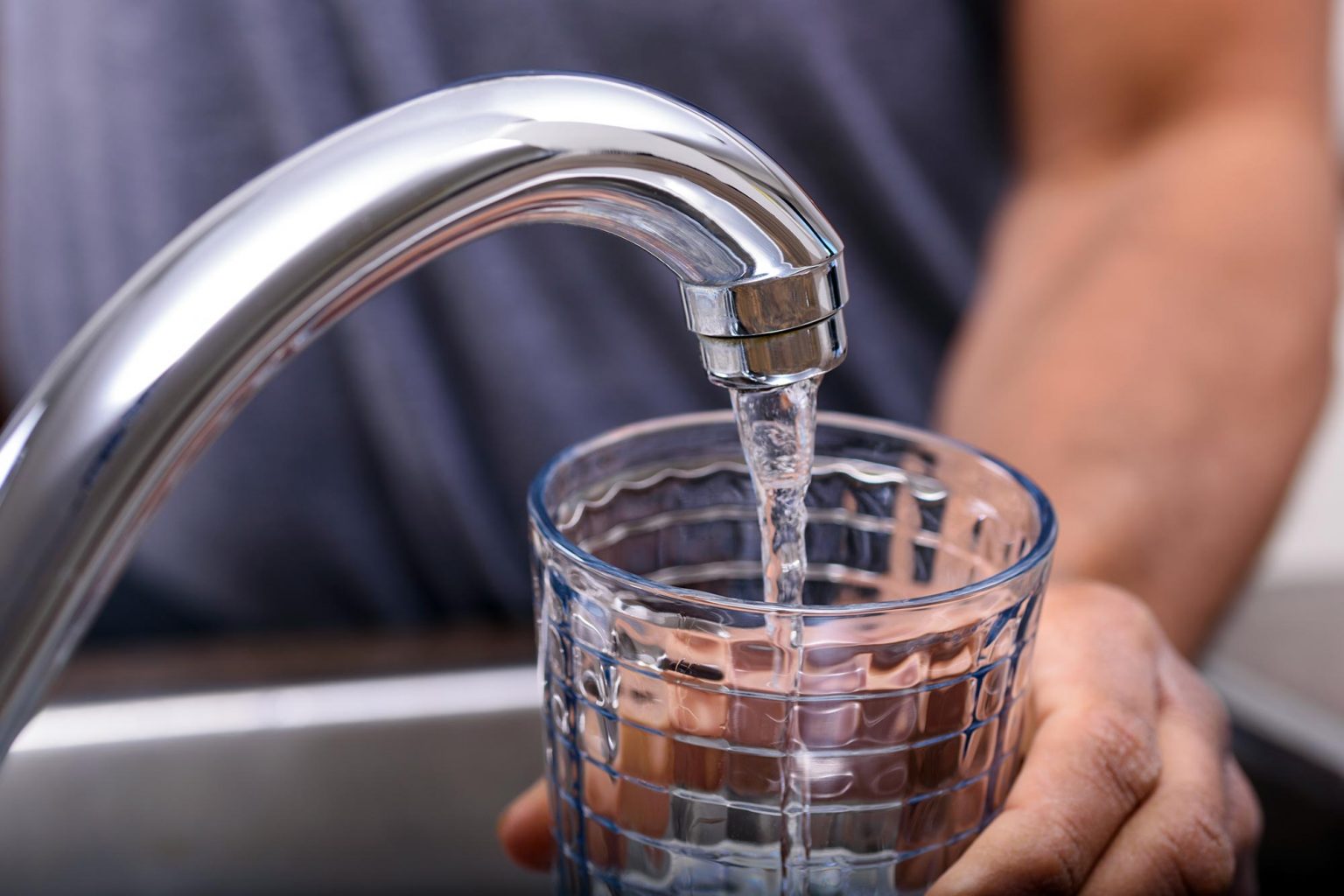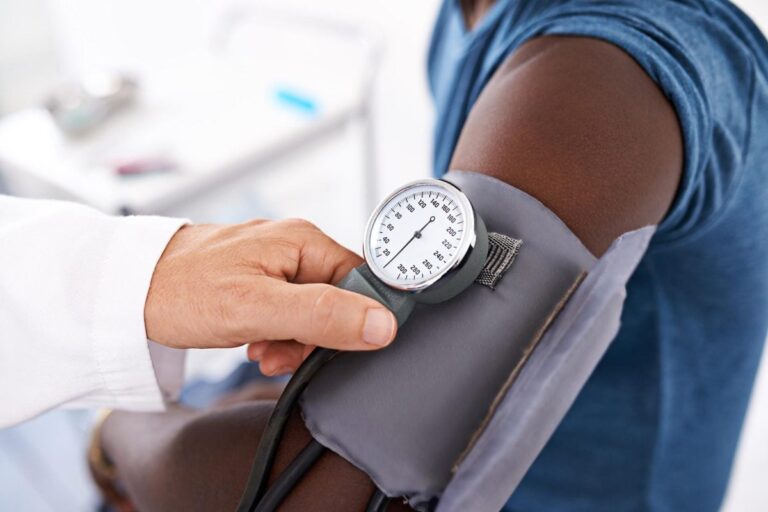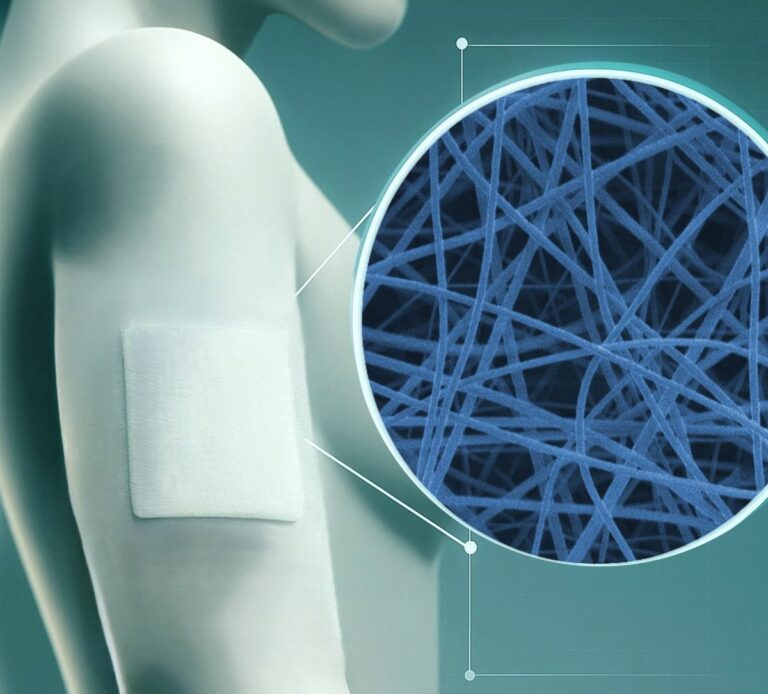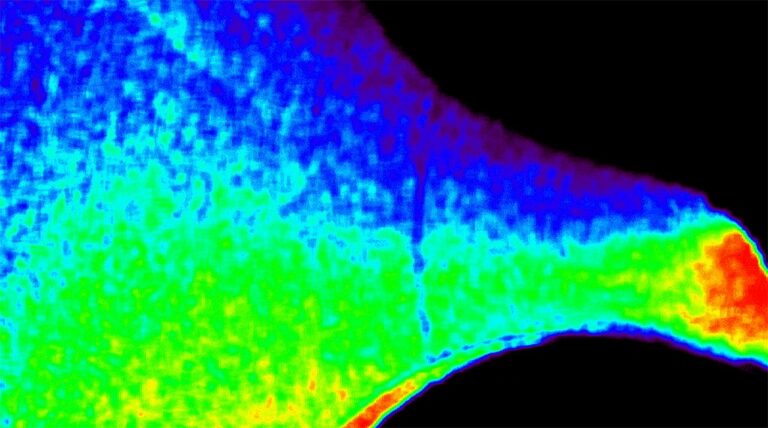Slipping Past Filters: Microplastics Are Infiltrating Drinking Water Worldwide
Clean, safe drinking water is a basic human necessity. But what if the water we drink every day is carrying invisible contaminants that even advanced filtration systems struggle to remove? Recent global studies reveal a disturbing truth: microplastics are infiltrating drinking water systems around the world, posing potential risks to human health and the environment.
This growing issue is raising serious questions about the long-term impacts of plastic pollution and how we can protect our water sources in the face of this invisible invasion.
What Are Microplastics?
Microplastics are tiny plastic particles less than 5 millimeters in diameter. They come from two main sources:
Primary microplastics: Manufactured for use in products like cosmetics, synthetic textiles, and industrial abrasives.
Secondary microplastics: Result from the breakdown of larger plastic waste due to sunlight, heat, and ocean currents.
Because of their size, microplastics can slip through traditional water filtration systems, ending up in both bottled and tap water.
Global Research Paints a Concerning Picture
A 2024 report by the World Health Organization (WHO) and ongoing studies by environmental groups like Orb Media and WWF have found microplastics in:
93% of bottled water samples
83% of tap water samples
Remote areas once thought untouched by pollution
Regions with the highest plastic presence included countries in North America, Europe, and Asia, but the problem is now considered global.
How Do Microplastics Get Into Drinking Water?
Microplastics enter drinking water through multiple pathways:
Water Sources: Rivers, lakes, and groundwater are often contaminated by plastic waste from sewage, litter, and runoff.
Plastic Pipes: Aging infrastructure and plastic plumbing can leach particles into water.
Filtration Limitations: Most municipal water treatment plants are not designed to trap particles as small as microplastics.
Airborne Fibers: Microplastic fibers from clothing and textiles can settle on water surfaces and enter the water supply.
Can Water Filters Remove Microplastics?
While some advanced filtration systems—such as reverse osmosis and nanofiltration—can remove a significant portion of microplastics, most household filters and public treatment plants are not fully effective.
Key facts:
Carbon filters (common in many homes) remove large particles but may miss smaller microplastics.
Only systems with a filtration pore size of 0.1 microns or smaller can effectively eliminate most microplastic particles.
Bottled water is not necessarily safer—some studies show it contains more microplastics than tap water due to plastic packaging.
Are Microplastics Harmful to Humans?
While research is still ongoing, scientists are increasingly concerned about the potential health impacts of consuming microplastics:
Physical damage: Particles may accumulate in the gut, causing inflammation or blockages.
Chemical exposure: Microplastics can carry harmful chemicals like BPA, phthalates, and heavy metals.
Bioaccumulation: Toxins from microplastics could enter the bloodstream or be absorbed by organs over time.
Animal studies have shown disturbing effects on reproduction, metabolism, and immunity. While more human studies are needed, the precautionary principle suggests reducing exposure as much as possible.
What Can You Do to Protect Yourself?
Although complete avoidance is difficult, here are practical steps to reduce your intake of microplastics through drinking water:
Use a Certified Filter: Opt for reverse osmosis or high-quality filters rated for microplastic removal.
Avoid Plastic Bottled Water: Use glass or stainless steel bottles and refill from safe sources.
Maintain Plumbing: Regularly inspect and clean pipes and filters at home.
Choose Natural Fibers: Reduce shedding of synthetic fibers from clothes and textiles by choosing cotton, wool, or bamboo.
Support Policy Changes: Advocate for stricter regulations on plastic pollution and improved water treatment standards.
What Is Being Done Globally?
Governments and environmental agencies are taking steps to tackle the microplastics crisis:
European Union: Banned microbeads in cosmetics and is investing in advanced water treatment technology.
India: Introduced restrictions on single-use plastics and is studying microplastics in the Ganga river.
United States: Ongoing research and proposals to regulate plastic additives in drinking water.
But experts warn that prevention is more effective than treatment. Tackling the plastic crisis at its source—by reducing plastic production and waste—is the only sustainable solution.
Final Thoughts
The presence of microplastics in drinking water is a wake-up call for individuals, industries, and governments alike. While we can all take small steps to reduce our own exposure, systemic change is needed to prevent further contamination of our planet’s most vital resource—water.
As scientists continue to study the health effects, staying informed and making conscious choices can help reduce your personal risk. After all, what’s in your water affects everything—from your health to the health of our planet.
Slipping Past Filters: Microplastics Are Infiltrating Drinking Water Worldwide

















+ There are no comments
Add yours